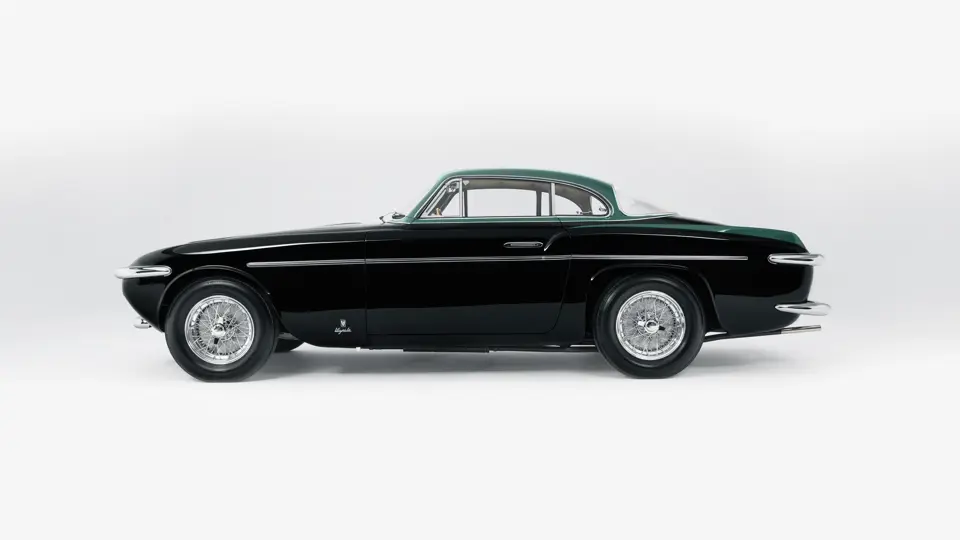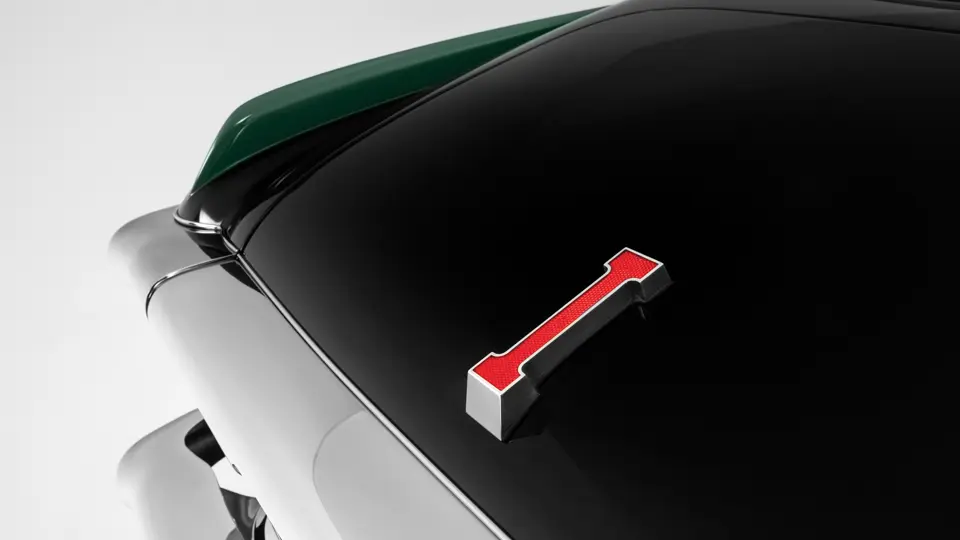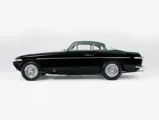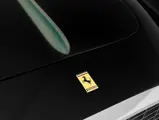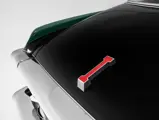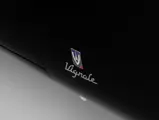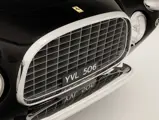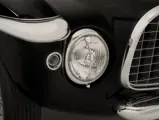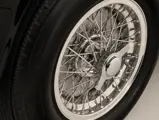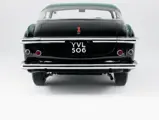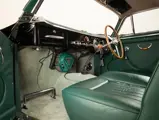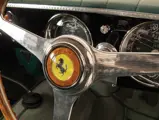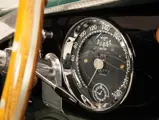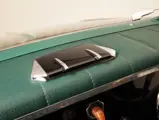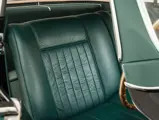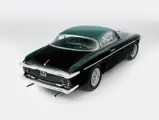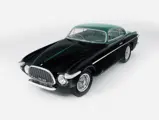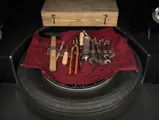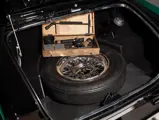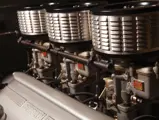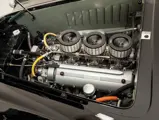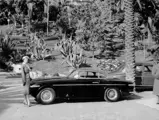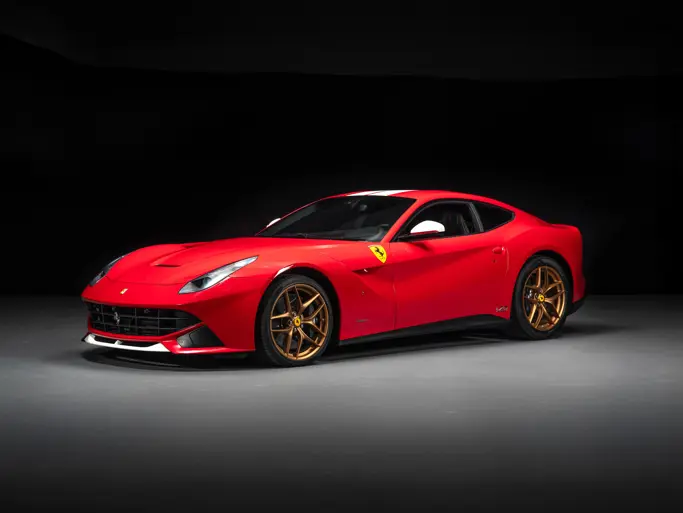
1953 Ferrari 212 Inter Coupe by Vignale
{{lr.item.text}}
$2,000,000 - $2,400,000 USD | Not Sold
{{bidding.lot.reserveStatusFormatted}}
- Displayed at the 1954 San Remo Concours d’Elegance
- Formerly owned by Robert Wilke and Pierre-Paul Jalbert
- Restored to original specifications in 2013
- 2013 Cavallino Classic Platinum Award winner
- Ferrari Classiche certified; original matching-numbers engine
170 bhp, 2,563 cc SOHC V-12 engine with three Weber 36 DCF3 carburetors, five-speed manual transmission, front upper and lower wishbone independent suspension with transverse leaf springs and shock absorbers, rear live axle with leaf springs, parallel trailing arms, and Houdaille shock absorbers, and four-wheel hydraulic drum brakes. Wheelbase: 98.5 in.
Enzo Ferrari cut his teeth in the 1920s and ’30s with Alfa Romeo, first as a driver for the company’s racing team and later as its manager. As Alfa’s fortunes rose and fell with the machinations of interwar politics and the fragile Italian economy, il maestro took on a greater role in the team’s identity, and it was accordingly soon named Scuderia Ferrari.
After leaving Alfa Romeo in the late 1930s and starting his own eponymous company after the war, Ferrari continued to focus on racing, with the Scuderia operating as his exclusive competition concern. By all accounts, Ferrari’s overarching purpose and thrust lay in the field of motorsports.
Surprisingly, then, in 1948, nearly from the get go, Ferrari introduced a more luxurious road-going version of his 166 sports car, the Inter. Named for its continental grand touring aspirations (as opposed to the U.S.-bound Sport and Export racing versions), the Inter was bodied in coupe, berlinetta, and cabriolet forms by numerous coachbuilders, usually luxuriously trimmed with leather upholstery.
While Ferrari sports cars of this period featured nearly identical chassis specifications, the models were more immediately distinguishable by the growing displacements of their Colombo V-12 engines. The Inter was introduced on the 166 series of cars that started the odd-numbered Ferrari chassis identification system in 1948, but the model did not truly come into form until the 212 series arrived in 1950.
Approximately 82 examples of the 212 Inter were produced in total, and they were clothed in some of the period’s most interesting coachwork designs. These cars were the earliest embodiment of the coachbuilt upper-echelon Ferrari.
CHASSIS NUMBER 0257 EU
Chassis number 0257 EU not only exemplifies the luxury of the 212 Inter examples but also features elements of surprise in its unusual coachwork. Its designer, Giovanni Michelotti, was one of the most prolific automotive stylists of the period, penning some of history’s most enduring sports cars. As a freelancer of sorts, Michelotti challenged more established firms with his ideas, which were frequently executed in full form by longtime collaborator Alfredo Vignale.
A noticeable change from typical Ferrari design, 0257 EU was the first of six similar 212 Inter Coupes bodied by Vignale to Michelotti’s styling. Immediately, the front fender bumperettes stand out as they sit unusually high, almost a foot above the central bumper. They introduce a high waistline that combines with a low roofline to imbue a chop-top appearance, while delicate rear tailfins extend from muscular rear shoulder haunches to visually extend the profile of the sloped fastback tail.
Assembled during December 1952, this unique Vignale Coupe was delivered new in spring 1953 to a Turinese Ferrari dealer named Fontanella. After displaying the Inter at the San Remo Concours d’Elegance in 1954, the dealer returned it to the factory, and it was exported to Luigi Chinetti Motors in New York.
Before the end of 1954, the 212 was purchased by Robert C. Wilke of Milwaukee, Wisconsin, the owner of the Leader Cards company and a principal sponsor of a two-time Indianapolis 500-winning team. Also the custodian of an impressive collection of flagship Ferraris (including a 375 MM and a 410 Superamerica), Mr. Wilke inadvertently over-torqued the engine and was forced to substitute the V-12 with a proper factory replacement. The original 0257 EU-numbered motor went on to change hands several times, eventually ending up in restoration by Italian car expert and onetime Lamborghini development driver Bob Wallace. It would soon resurface in this car’s story.
Mr. Wilke retained the 212, itself, for nine years before selling it through Olympian skier Pino Lella, who had heavyweight Maranello connections through Milanese dealer Gastone Crepaldi and champion driver Alberto Ascari. The new buyer was French Canadian actor and film editor Pierre-Paul Jalbert, a Beverly Hills resident who was also a former Olympian skier. By 1978, the voluptuous 212 had been re-acquired by Chinetti Motors, and it was exhibited by the importer at the Seventh Greater New York Automobile Show in January 1979.
A photograph of 0257 EU was featured in marque historian Marcel Massini’s 1993 book, Ferrari by Vignale, depicting the car’s offering in October 1979. Purchased then by Belgian resident Ennio Gianaroli, the Ferrari was occasionally presented at events, including Jacques Swaters’ famous FF40 meeting in Brussels in September 1992. Records indicate that Mr. Gianaroli still owned the car in 2002, accounting for more than 22 years of uninterrupted care.
In 2009, the beautiful Inter was purchased by Mike Green of Carmel, Indiana, and he set about a full restoration that was thoroughly documented. Ferrari expert John Hajduk had previously acquired the original V-12, number 0257 EU, and he was commissioned to fully refinish the motor and install it back into its original chassis. Gassman Automotive of Waynesboro, Virginia, conducted a full mechanical and cosmetic restoration that was carefully researched and documented, with every effort made to adhere to original factory parts and standards. The original two-tone color scheme was restored, and the interior was swathed in period-correct Arbo Tan hides sourced through Dualoy Leather in New York.
The result of such intricate attention to detail was a Platinum Award at the prestigious Cavallino Classic in January 2013. The 212 was subsequently shown at the 2013 Pebble Beach Concours d’Elegance and the 2014 Salon Privé in London, and it was also featured in two British car magazines in 2014 (Auto Italia and Classic & Sports Car). Accompanied by a toolkit and a thorough compendium of restoration invoices and photographs, this rare Ferrari has been sensationally restored. It is no surprise that the car was certified as authentic by the Maranello factory with a prestigious Ferrari Classiche Redbook, confirming that it retains its original matching-numbers engine.
Beautifully embodying the luxurious, coachbuilt spirit of the rare 212 Inter and its glorious effect on Ferrari’s operational paradigm, 0257 EU beckons for the consideration of discerning Maranello connoisseurs and 1950s sports car collectors. It is a unique and superlative example of the styling of two coachbuilding legends, the innovative Giovanni Michelotti and the artful Alfredo Vignale. A Ferrari of immeasurable elegance, it is an exquisite example of one of automotive history’s most sublime collaborations.

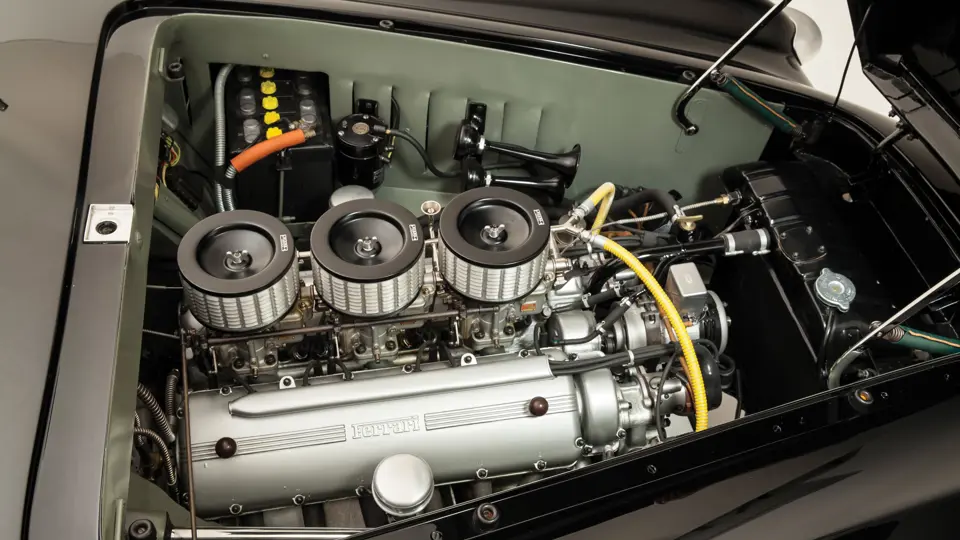


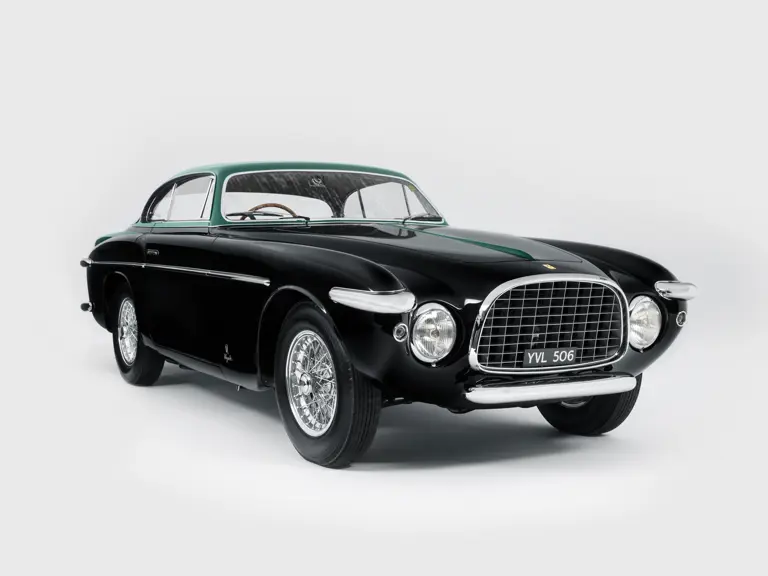
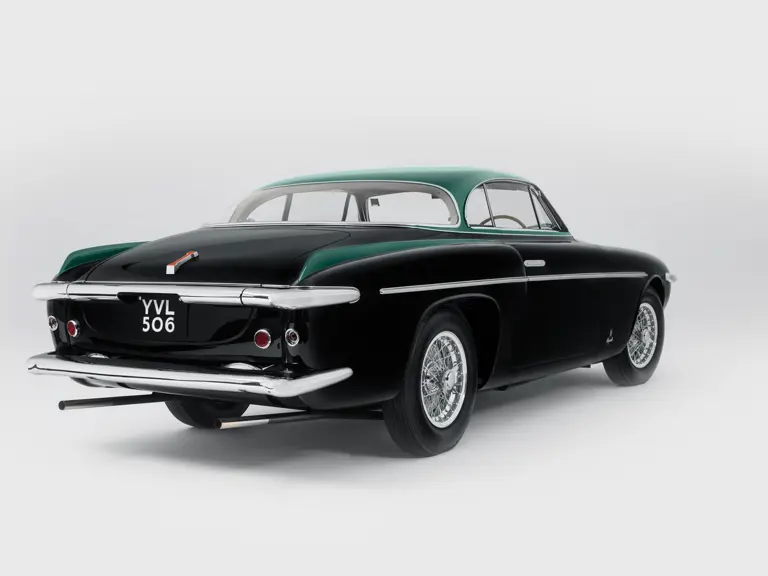
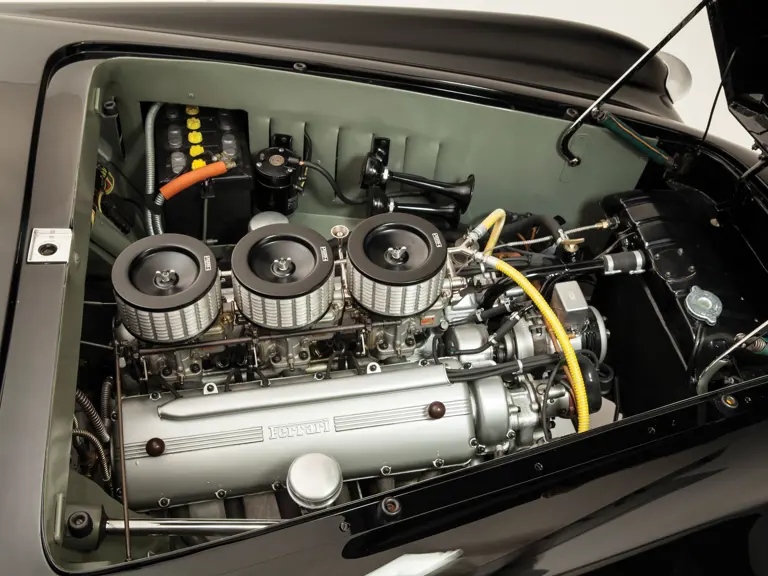
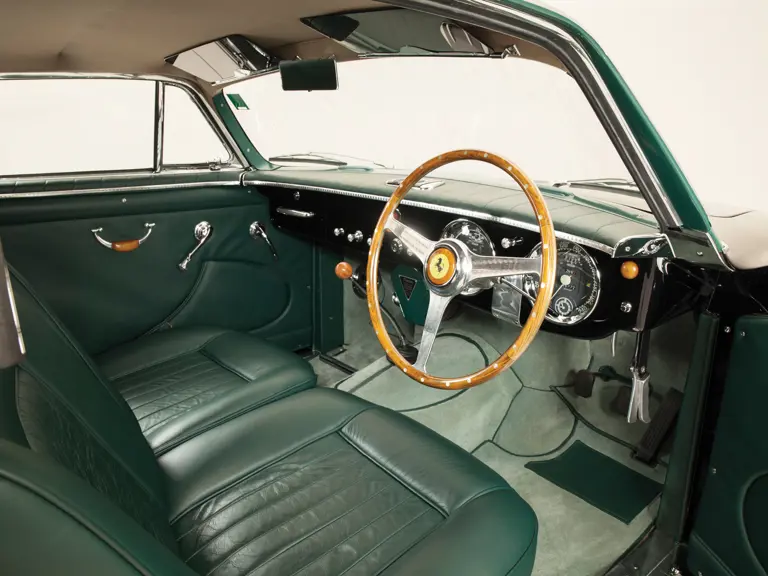
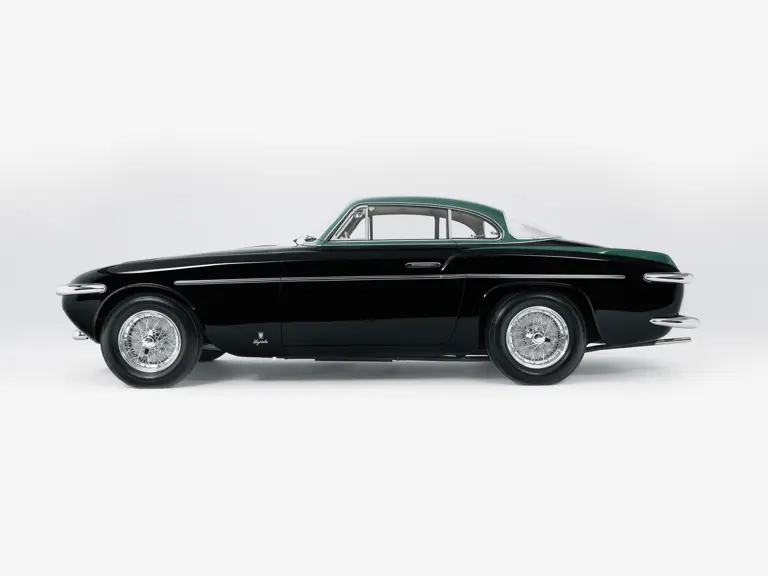
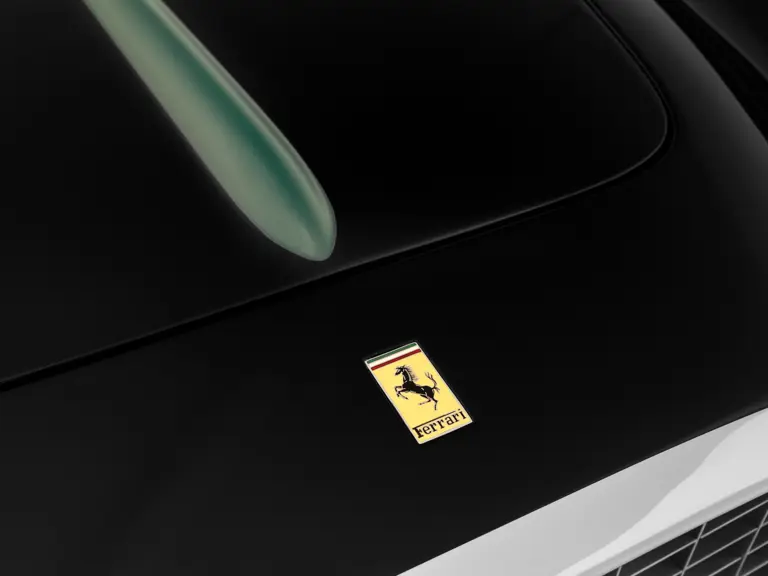
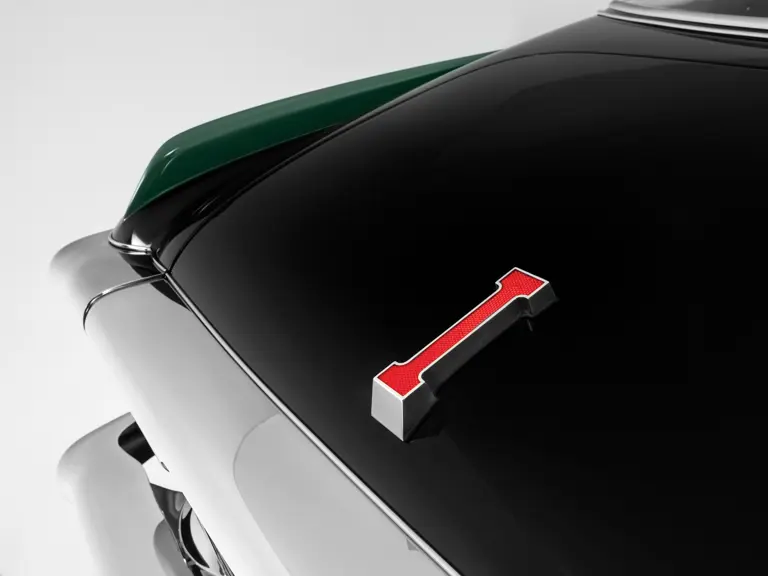
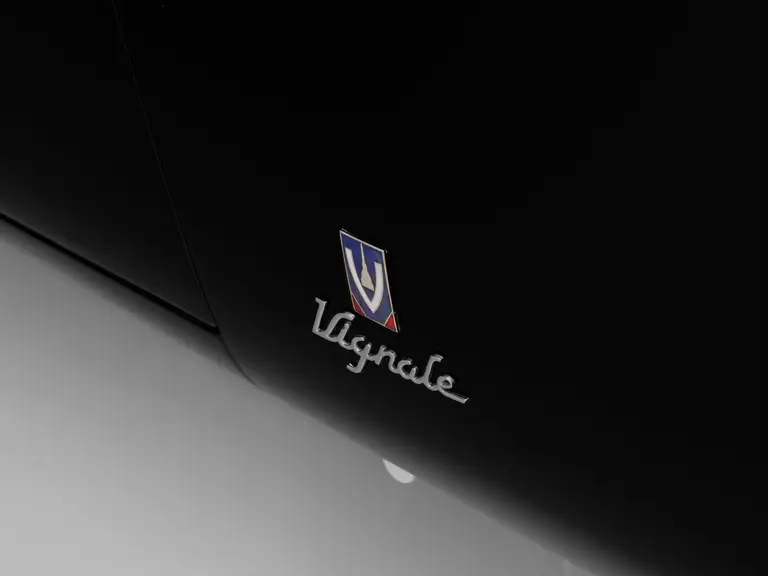
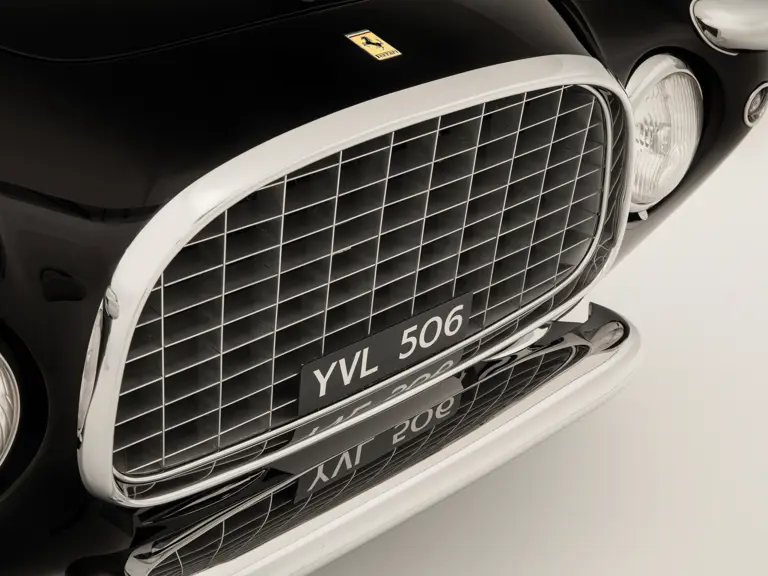
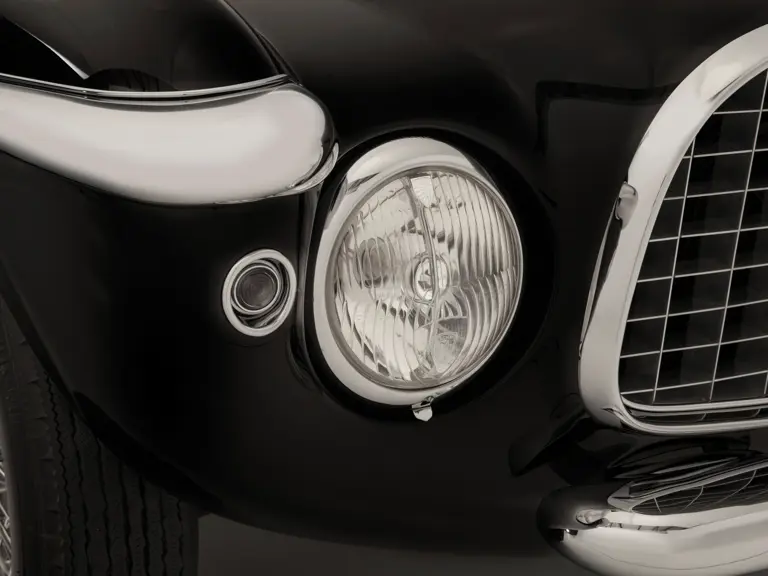
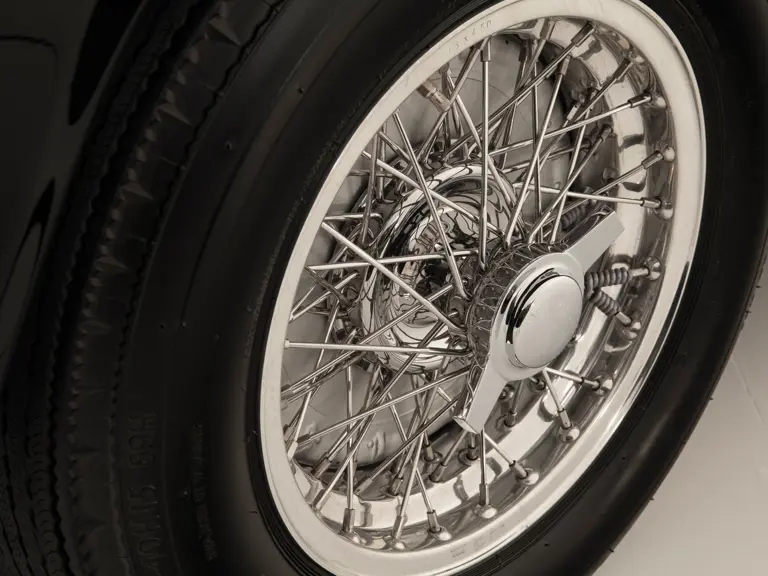
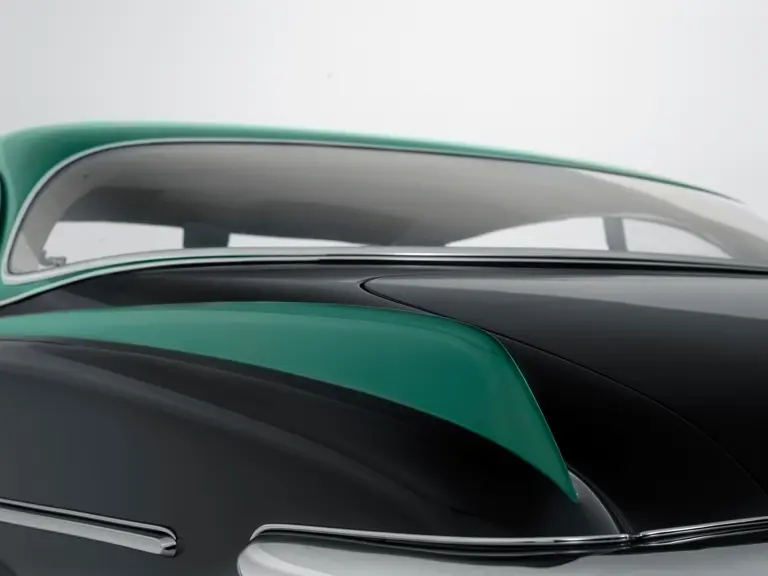
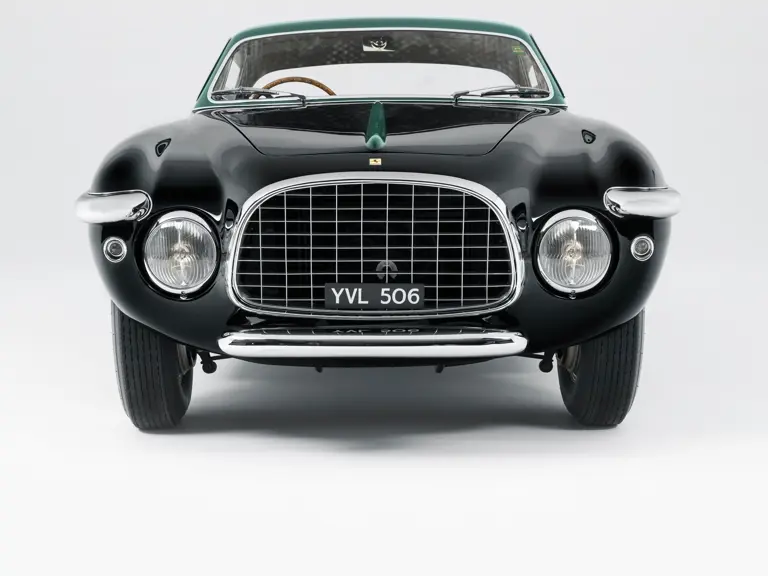
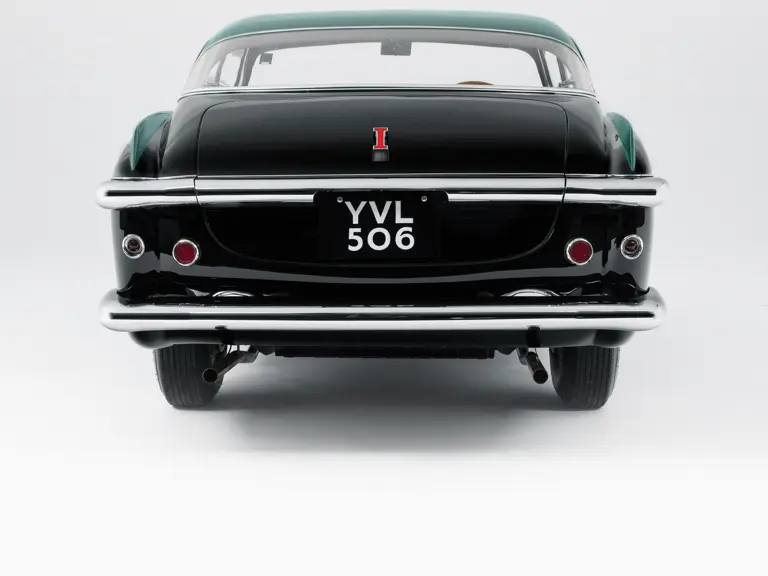
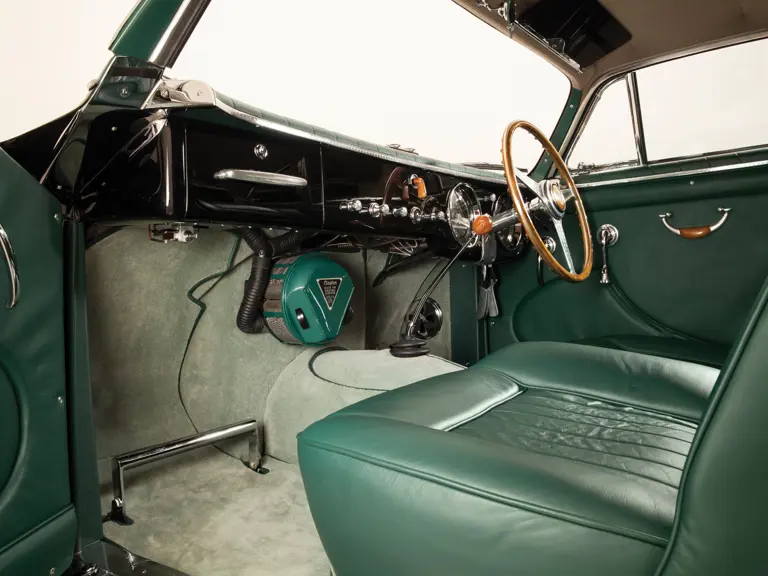
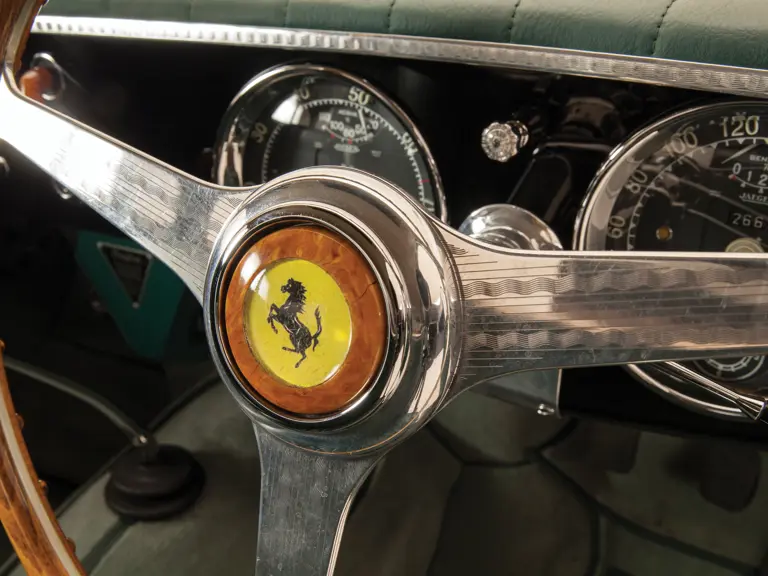
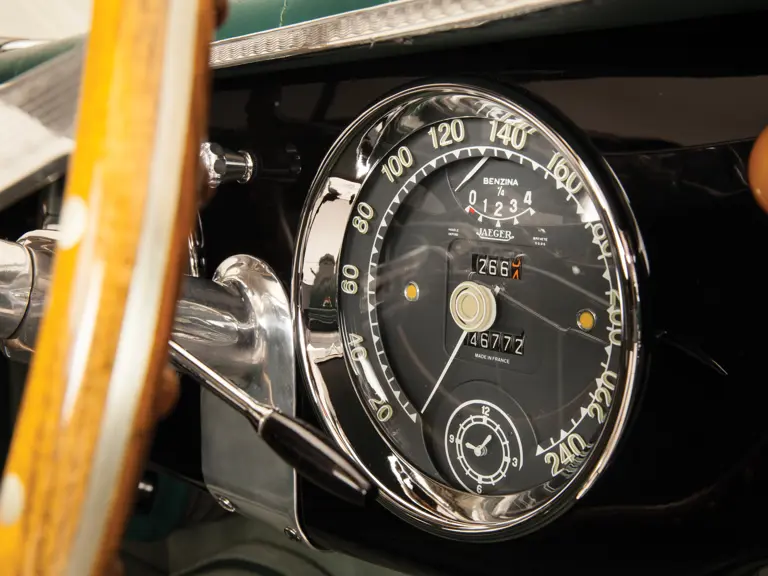
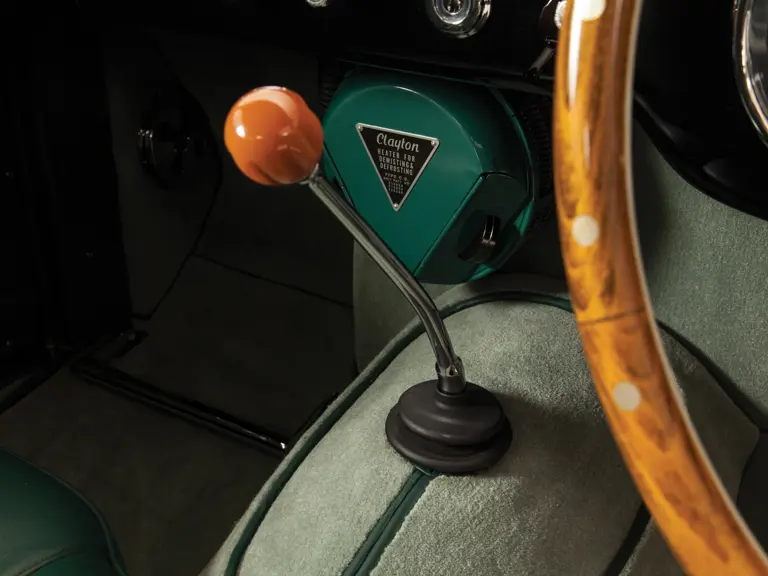
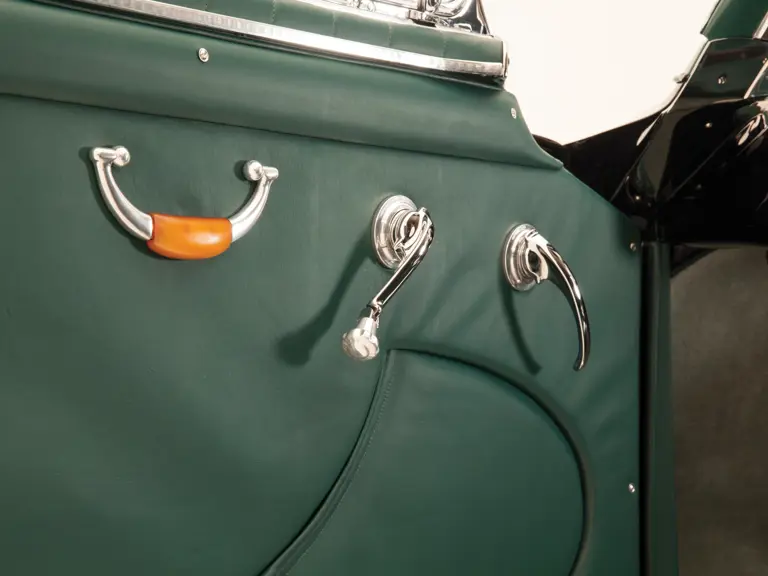

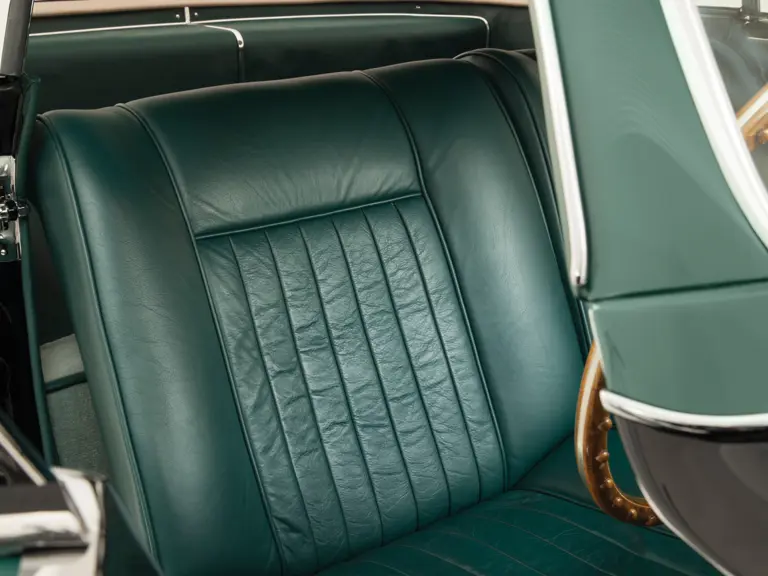

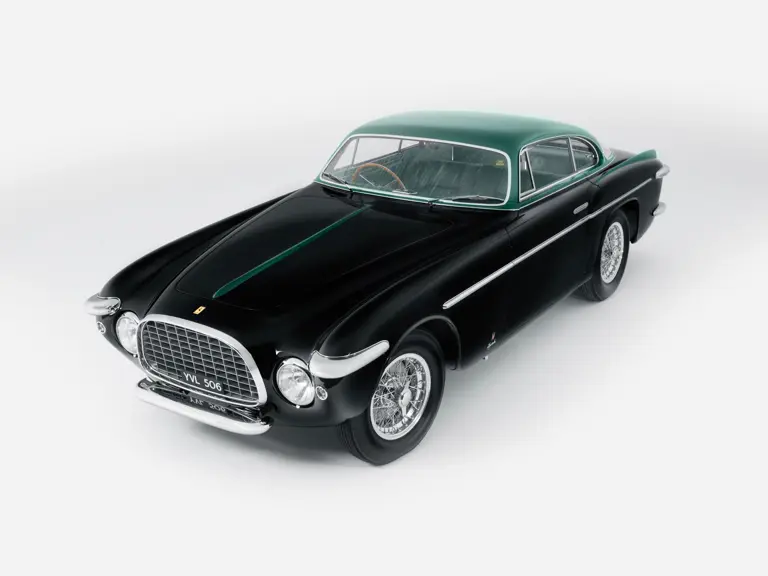
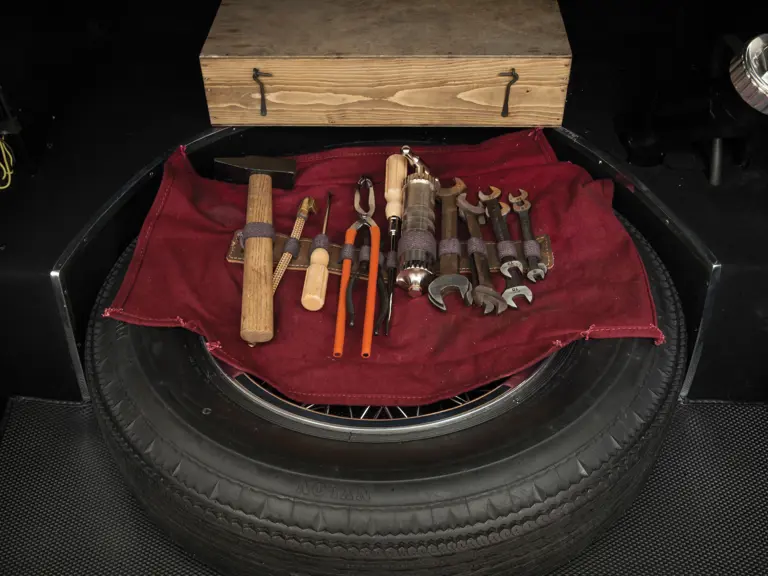
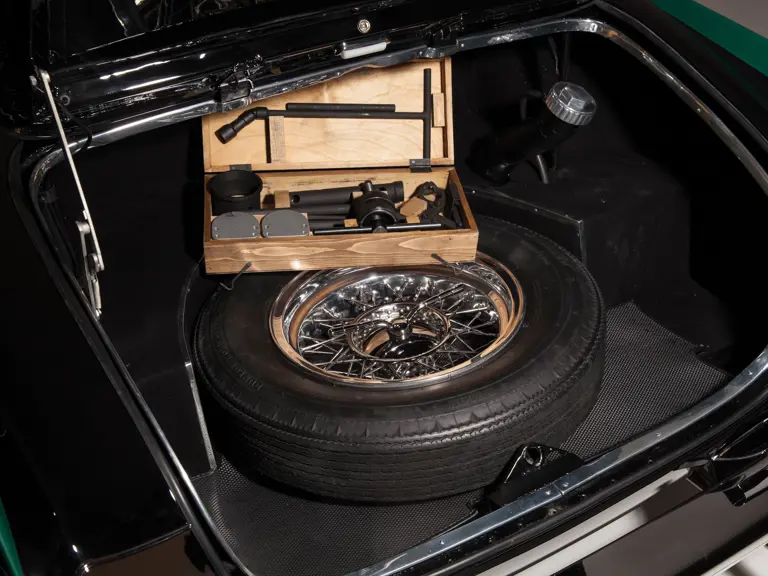
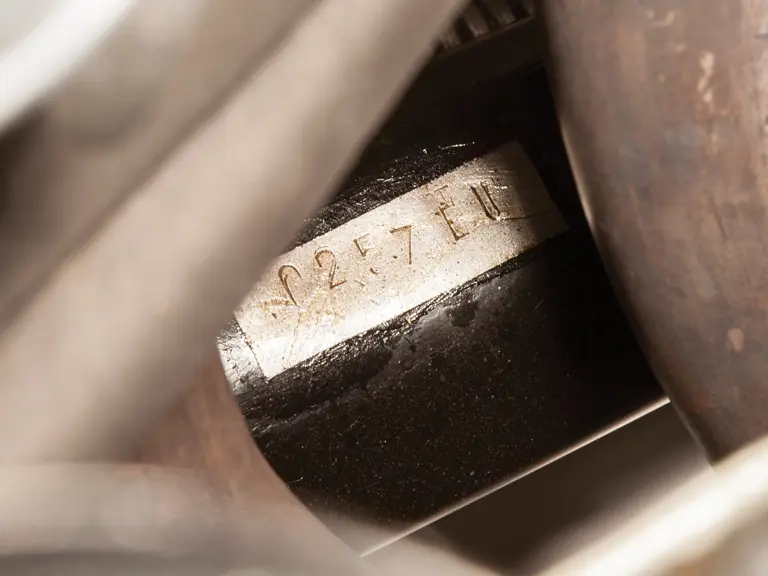
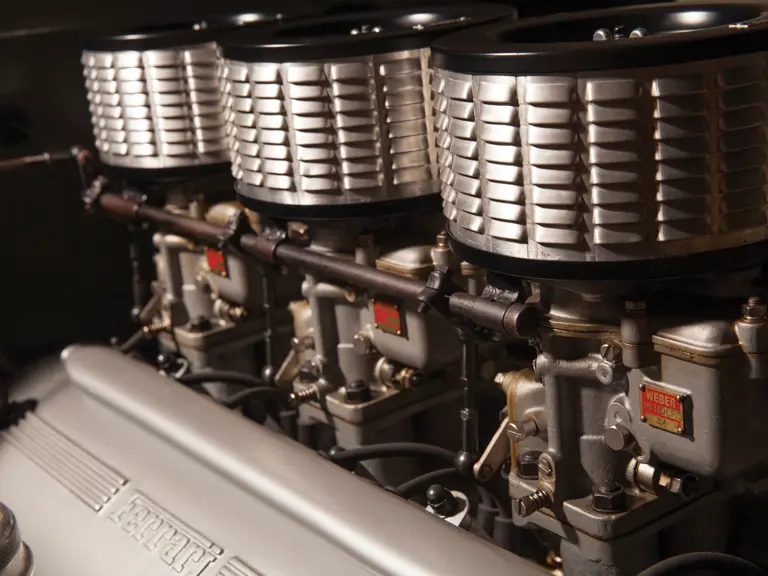
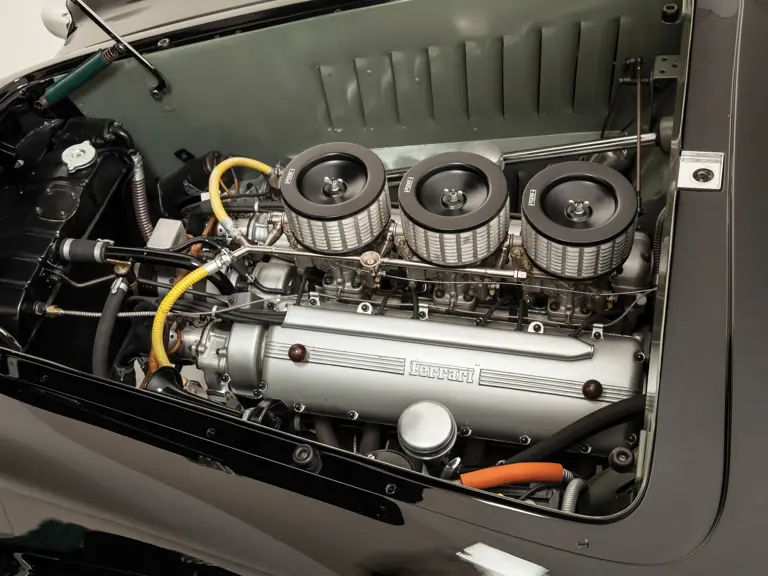
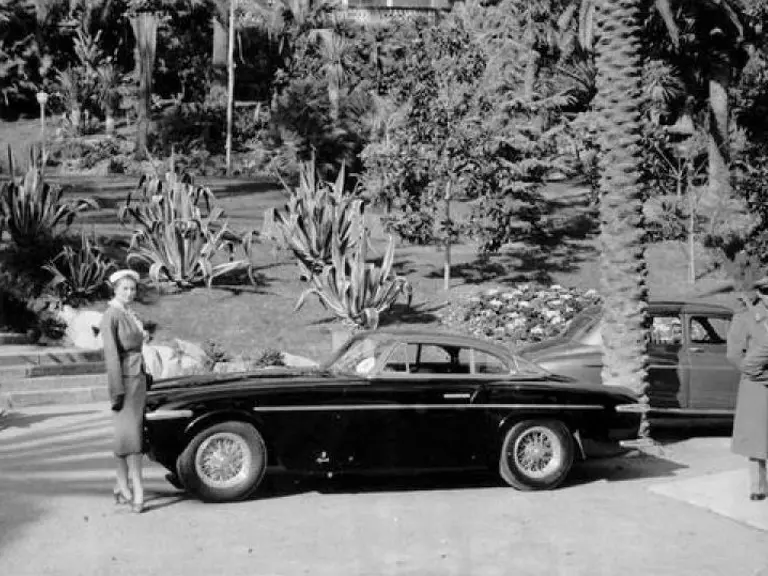
 | New York, New York
| New York, New York
